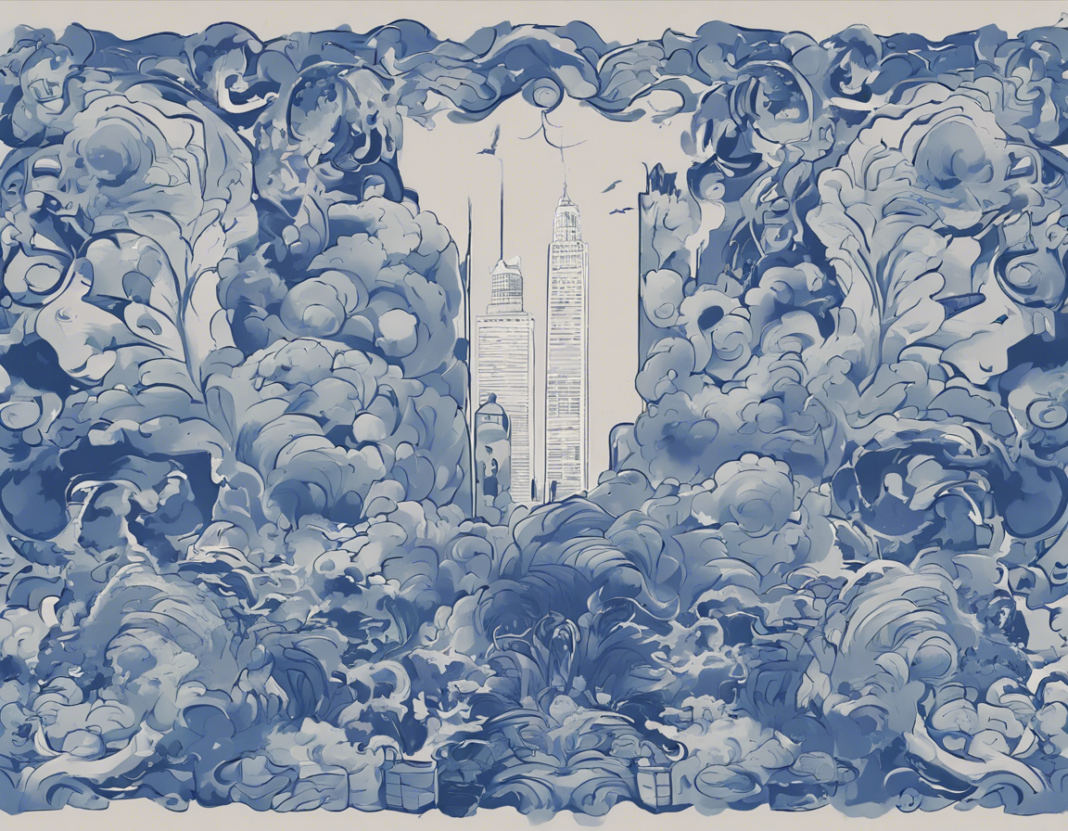Blue haze is a mesmerizing atmospheric phenomenon that captivates viewers with its ethereal beauty. This optical effect occurs when tiny particles scatter blue light, creating a soft, dreamy haze that blankets the landscape. While blue haze can occur naturally in various environments, it is most commonly associated with mountainous regions, coastal areas, and forests. In this blog post, we will delve into the captivating world of blue haze, exploring its origins, impact on the environment, and cultural significance. Join us on a journey through the enchanted realm of blue haze as we unravel its mysteries and celebrate its breathtaking allure.
The Science Behind Blue Haze
Blue haze is primarily caused by the scattering of sunlight by particles in the atmosphere. These particles, which can include dust, pollen, water droplets, and smoke, scatter shorter wavelengths of light, such as blue and violet, more effectively than longer wavelengths like red and orange. As a result, when sunlight passes through a hazy atmosphere with an abundance of these scattering particles, the shorter blue wavelengths dominate, giving rise to the characteristic blue haze.
One of the key contributors to blue haze is the presence of volatile organic compounds (VOCs) in the atmosphere. These compounds, which are emitted by plants, trees, and human activities like burning fossil fuels, can react with other pollutants to produce tiny particles known as aerosols. These aerosols play a crucial role in scattering light and creating the stunning blue hues of the haze.
The Magic of Blue Haze in Nature
Blue haze is not just a visual spectacle; it also plays a vital role in shaping natural environments and ecosystems. In mountainous regions, such as the Great Smoky Mountains in the United States and the Blue Mountains in Australia, blue haze often shrouds the landscape, adding an air of mystery and enchantment to the surroundings.
One of the most iconic natural occurrences of blue haze is the phenomenon known as “smoky mountains,” where the densely forested mountainsides release isoprene and other VOCs into the atmosphere. These compounds, when combined with moisture and sunlight, create a blue-hued haze that blankets the valleys and peaks, giving the mountains their distinctive smoky appearance.
Cultural Perspectives on Blue Haze
Throughout history, blue haze has held a special place in the hearts and minds of people around the world. In many cultures, the ethereal quality of blue haze has been associated with mysticism, spirituality, and tranquility. From ancient myths and legends to contemporary art and literature, blue haze has inspired creativity and contemplation, inviting viewers to lose themselves in its otherworldly beauty.
In some indigenous traditions, blue haze is considered a portal to the spirit realm, a threshold where the physical world meets the metaphysical. Rituals and ceremonies conducted in the presence of blue haze are believed to be imbued with a special power, connecting participants to the natural world and unseen forces beyond.
Environmental Impact and Conservation Efforts
Despite its enchanting allure, blue haze can also have negative implications for the environment and human health. In urban areas, blue haze often results from the interaction of sunlight with pollutants emitted by vehicles, factories, and other sources. These pollutants, including nitrogen oxides, sulfur dioxide, and particulate matter, can contribute to poor air quality and respiratory issues for nearby residents.
To address the environmental challenges posed by blue haze, air quality regulations and emission controls are being implemented in many regions to reduce the levels of pollutants in the atmosphere. Additionally, efforts to promote sustainable practices, such as renewable energy sources and green transportation, aim to minimize the impact of human activities on the formation of blue haze and other forms of atmospheric pollution.
FAQs About Blue Haze
1. What causes blue haze to form in mountainous regions?
In mountainous regions, blue haze is primarily caused by the release of volatile organic compounds (VOCs) from trees and vegetation, which react with sunlight and moisture to create the characteristic blue hues.
2. Is blue haze harmful to human health?
While natural blue haze is generally harmless, human-induced blue haze resulting from pollutants like nitrogen oxides and sulfur dioxide can have negative effects on air quality and respiratory health.
3. Can blue haze be seen in urban areas?
Yes, blue haze can be observed in urban areas where pollutants from vehicles, factories, and other sources interact with sunlight to create a hazy, blue-tinted atmosphere.
4. Are there any efforts to reduce blue haze in polluted regions?
Yes, governments and environmental organizations are implementing regulations and emission controls to minimize the levels of pollutants that contribute to blue haze in polluted areas.
5. How can individuals contribute to reducing blue haze?
Individuals can help reduce blue haze by using public transportation, carpooling, cycling, and supporting initiatives that promote clean air and sustainable practices.
Conclusion
Blue haze is not merely a visual spectacle; it is a complex interplay of light, particles, and atmosphere that shapes our natural world and cultural imagination. From the misty mountains to the urban skyline, blue haze reminds us of the delicate balance between human activities and the environment. By appreciating the enchanting beauty of blue haze and taking steps to protect our air quality, we can ensure that this ethereal phenomenon continues to inspire and awe generations to come.




